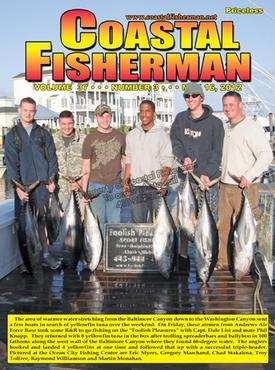


Article by Pat Schrawder
 COMMUNICATING ON THE WATER- WHAT’S NEW?
COMMUNICATING ON THE WATER- WHAT’S NEW?
Without question, the most dependable and useful means of communication on the water is a VHF radio. Yes, there are cell phones and single-sideband radios and even a few CB radios around, but the VHF is your best communications solution. They have been in existence for years and for many models, they were largely unchanged. However, we now find that manufacturers are taking a second look at them and adding some very worthwhile features.
All basic VHF radios are the same. They are regulated at 25 watts of output and their channel line-up is set by the FCC. For several years now, they have been required to be manufactured with DSC capabilities, meaning they are able to make selective calling to one or more pre-selected VHF’s and, in an emergency, they can transmit a distress signal that identifies the vessel and its location. After March 2011, those units must be Class D, meaning they can monitor the designated DSC emergency channel while communicating on another channel. Beyond that, there are features that some radios have which are not commonly available, including a few brand new features. Here is a list of some of the familiar features that many of them have but are not new:
• Waterproof and, in some cases, submersible
• Able to adapt to a full function remote microphone in addition to the original
• Hailer function (listen only)
• Scanning
• Weather alert function
• Capability of accommodating an external speaker
This season, there are some new models and/or new features that have appeared. Garmin has a model that is a black box radio where the main box is mounted out of sight and the radio is controlled by the microphone handset as well as one unit that has its own internal AIS receive-only function. Standard Explorer has a model that contains its own built-in GPS eliminating the need to interface your GPS to your radio for DSC and providing another GPS on board. Icom has a new model that offers easy software design that places available functions along the bottom of the display screen making selection of features much faster. It also has a function called AquaQuake that allows the user to activate a low frequency sound that actually “pops” the speaker to push out water that may have settled into the front of the radio. They also feature a special noise cancelling design that Icom says will eliminate up to 90% of background noise making speaking and listening much clearer.
For all VHF radios, the full implementation of the Coast Guard’s coastal search and Rescue digital system called Rescue 21 eliminates gaps in VHF coverage over the entire 40,625 miles of the coastal United States. This will virtually guarantee reception of MAYDAY signals from VHF radios within 20 miles of the U.S. coast. It also provides for digital recording and playback of those calls.
These new features are impressive and, if they perform well over time, can be expected to be included in some fashion into most models by all the major manufacturers unless under patent protection. Before purchasing a new radio, however, you need to keep in mind that fancy features are great but the most important feature is reliability, output power, clarity of signal and dependability.
Pat and her husband, Larry are owners of L&L Marine Electronics on Golf Course Road in West Ocean City, MD.